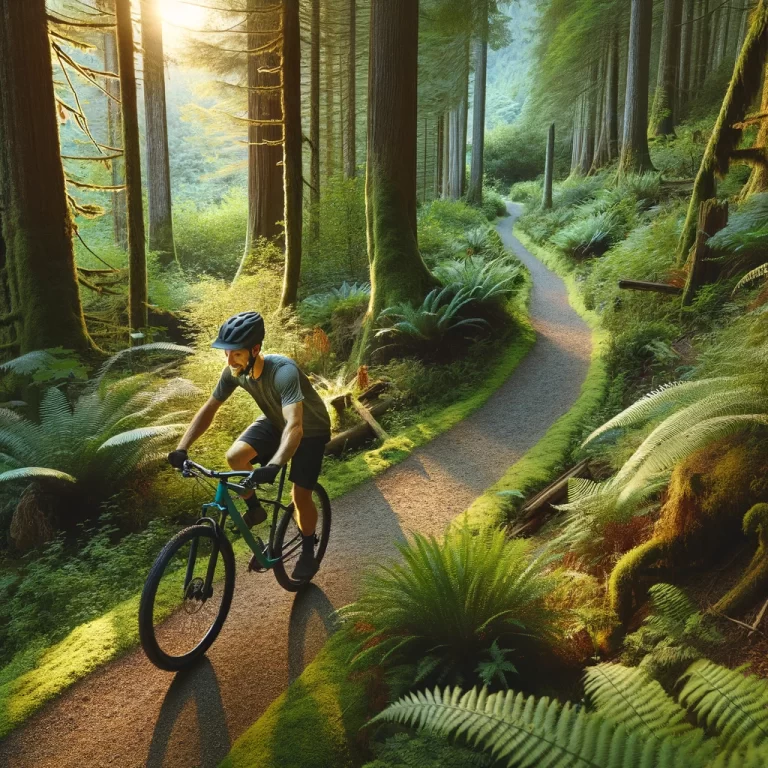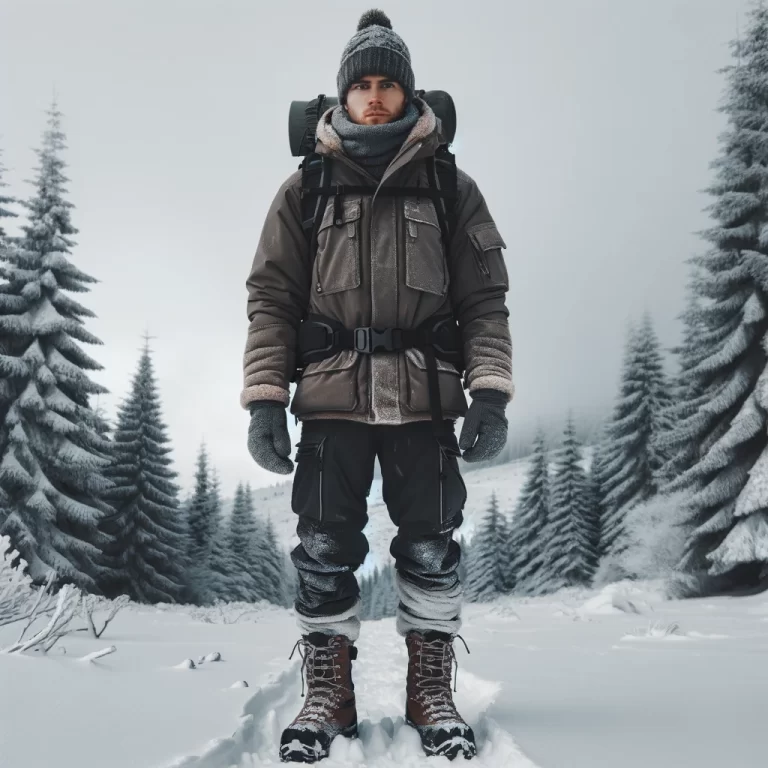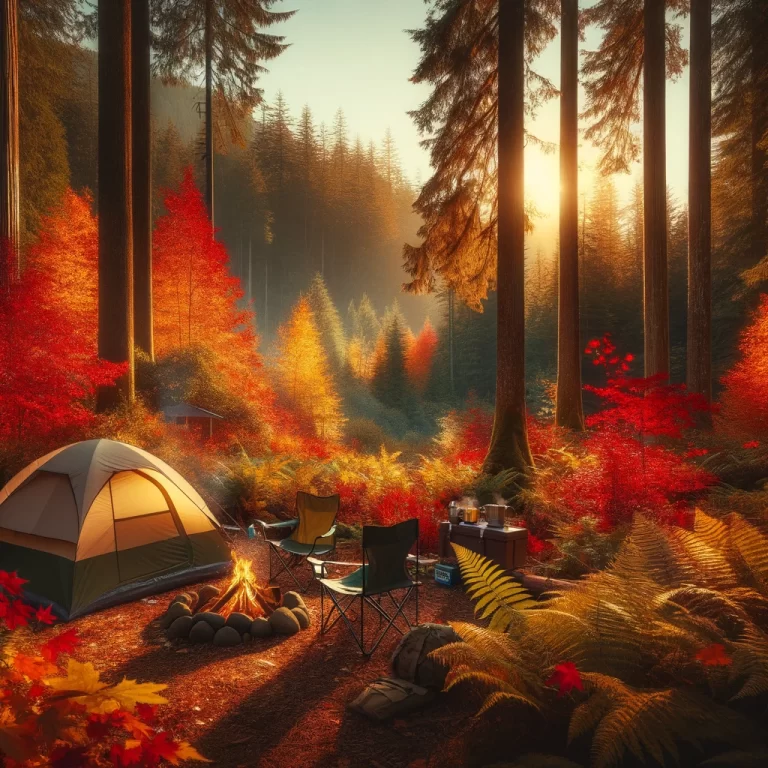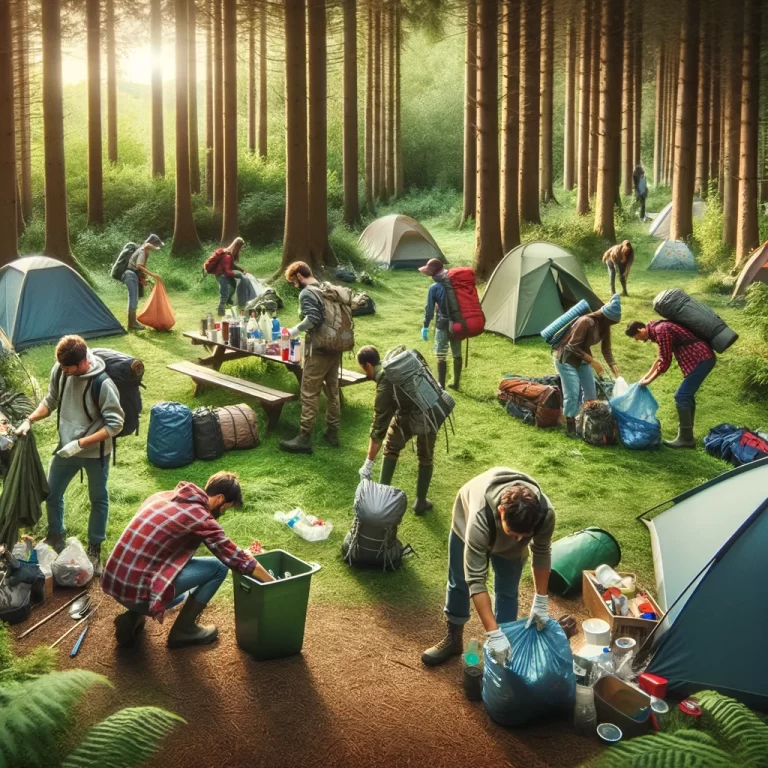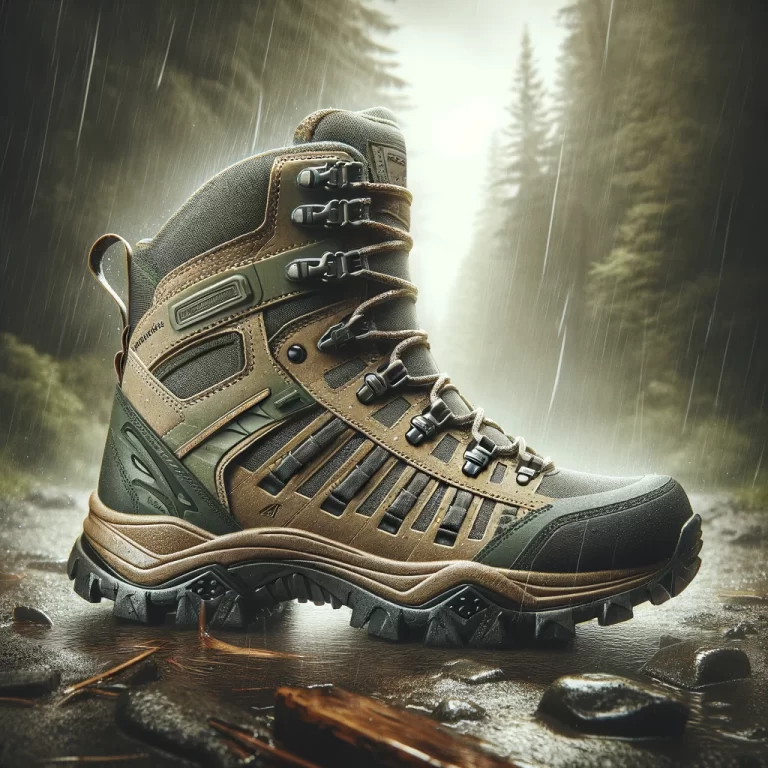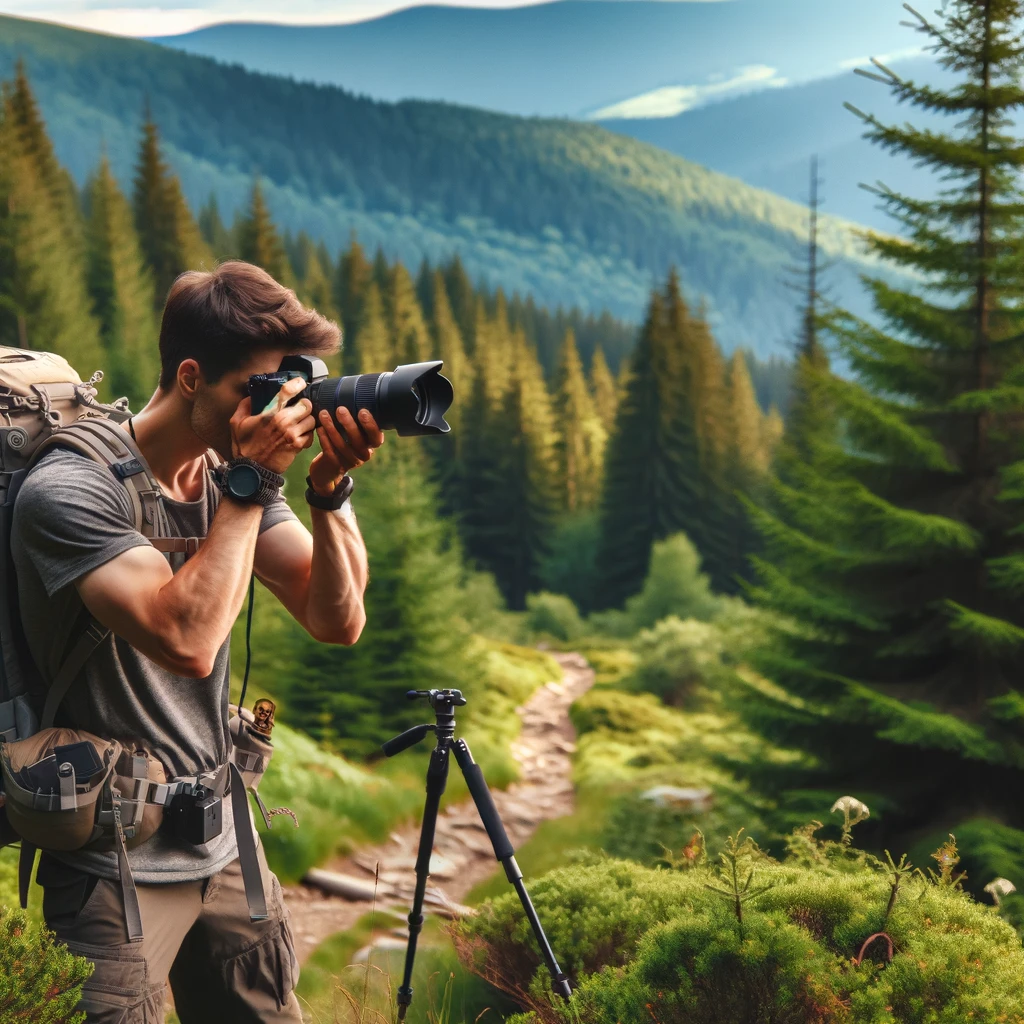
Embarking on a thru-hike is an exhilarating adventure, offering an opportunity to immerse yourself in the beauty of nature, challenge your physical limits, and capture moments of sheer wonder. For many hikers, bringing a camera along is non-negotiable, as it allows you to document these unforgettable experiences. But with so many options out there, how do you choose the right camera for your journey? In this blog post, we’ll explore the key factors to consider when selecting a camera for your thru-hike.
Consider the Weight and Size
Thru-hiking often means being meticulous about every ounce in your backpack. Lightweight and compact cameras are ideal, as they won’t add significant weight or take up too much space. Options include:
- Point-and-Shoot Cameras: These are typically lightweight, compact, and easy to use, with decent image quality.
- Action Cameras: Like GoPros, these are great for capturing high-quality photos and videos on the go. They are durable, waterproof, and compact, ideal for the ruggedness of a hike.
- Mirrorless Cameras: A middle ground between DSLRs and point-and-shoot cameras, offering excellent image quality without the bulkiness of DSLRs.
Image Quality Matters
While weight is a significant factor, you don’t want to compromise too much on image quality. Look for cameras with:
- Good Low-Light Performance: This is crucial for early morning or late evening shots.
- Image Stabilization: Helps in reducing blurriness, especially in action shots or uneven terrains.
- Decent Zoom Range: While not essential, having a versatile zoom range can help capture diverse landscapes and wildlife.
Battery Life and Power Options
Long battery life is crucial on the trail. Additionally, consider:
- Solar Chargers: For extended trips, solar chargers can be invaluable.
- Extra Batteries: Carry spares to avoid missing out on photo opportunities.
Durability and Weather Resistance
Thru-hikes can expose you to various elements – rain, dust, and the occasional drop. Cameras with weather sealing and robust builds are preferable. Also, consider a good quality protective case.
Ease of Use
When you’re on the move, you often need to capture moments quickly. Cameras that are easy to operate, with accessible controls and quick startup times, are ideal.
Connectivity Features
Wi-Fi and Bluetooth connectivity can be beneficial for quickly transferring photos to your phone for storage or sharing.
Final Recommendations
- For the Casual Photographer: A high-quality smartphone camera or a lightweight point-and-shoot camera.
- For the Adventure Seeker: An action camera like GoPro, which is rugged and versatile.
- For the Photography Enthusiast: A mirrorless camera, offering a balance between image quality and portability.
Selecting the right camera for your thru-hike comes down to balancing weight, image quality, durability, and ease of use. Remember, the best camera is the one that you feel comfortable carrying and using throughout your journey. No matter what gear you choose, the most important thing is to enjoy the experience and create memories that will last a lifetime. Happy hiking and happy shooting!
